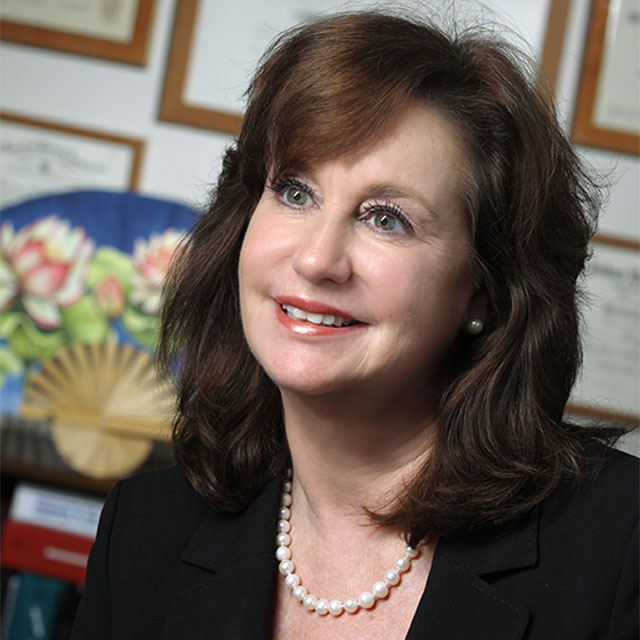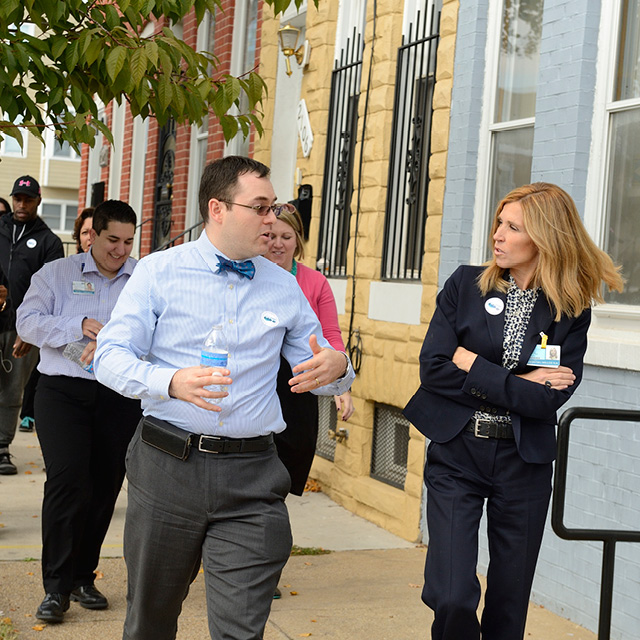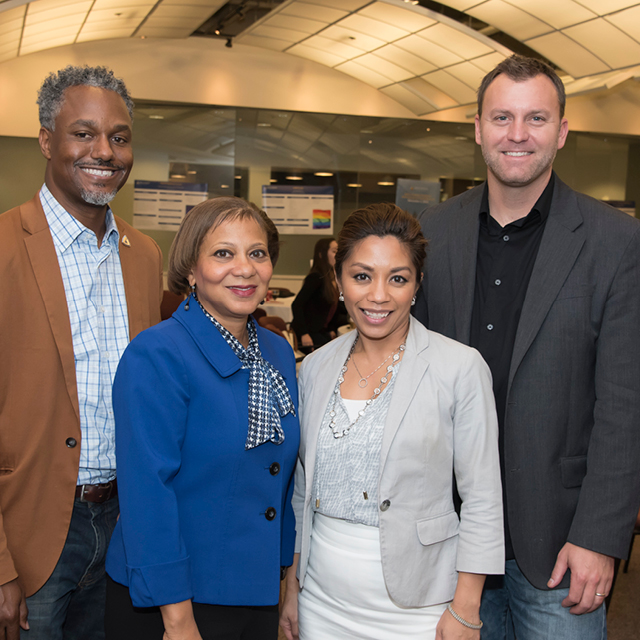IN FREQUENT CONVERSATIONS with graduate biomedical students from different backgrounds, Namandje Bumpus, associate dean for institutional and student equity in the school of medicine, reassures them that they are not alone.
For five years, Chiquita Collins, associate dean for diversity and cultural competence at the school of medicine, has deployed an array of tools and strategies in support of building a faculty that reflects the world it serves.
As assistant dean for student affairs and director of medical student diversity for the school of medicine, Shari Lawson guides student groups that represent the LGBTQ community, women, Muslims, African-Americans, Latinos and Native Americans.
Each woman uses her post to foster a diverse community of students, faculty members and staff members—one of Johns Hopkins Medicine’s core values. Their work, whether on a grass-roots or policymaking level, recognizes that health care must evolve to serve everyone equally. What’s more, research shows that diversity makes for a stronger academic experience and enhances the quality of care.
The deans play a vital role in advancing the goals set by Janice Clements, the school of medicine’s vice dean for faculty, as part of Johns Hopkins Medicine’s Strategic Plan. In 2014, Clements established a fund to recruit and retain more women and underrepresented minorities as faculty members. “In the last three years, the fund has supported the recruitment and retention of 14 highly sought-after faculty members who have already become role models and leaders in their departments,” she says.
Nurturing communities where students from underrepresented backgrounds feel supported is essential, says Bumpus. In her role as associate dean, she helps to shape an environment where students “share interests, challenges and barriers; form peer mentoring groups; and build communities.”
At the same time, Bumpus says, no one is truly an island, a belief she stresses in meetings with students, with the intention of fortifying the school of medicine community as a whole. “I try to get students to recognize their shared experience,” says Bumpus, who is stepping down from her associate dean post in July to concentrate on her research.
“People don’t have to have the same background. All students have struggles based on some part of their identity, whether you see it or not.”
As an expert in health disparities,Collins knows that it will take physicians from diverse circumstances to achieve an equitable health care system. Collins also understands that to attract a diverse pool of medical students, the faculty itself must include more women and underrepresented minorities.
To that end, she trains faculty search committee members to recognize unconscious bias. Collins also serves on most search committees, using resourceful methods to find candidates who may not otherwise surface. “We have to go beyond the traditional approach by tapping into professional networks and societies, committees within various organizations, and even departmental websites,” she says.
Without continuing support for new faculty members, though, those efforts are in vain, Collins says. “It’s not just a matter of investing in young scholars in terms of recruitment; it is equally important to invest in their careers and provide effective mentoring.”
Lawson brings a broad perspective to her work with the school of medicine’s admissions office. “Diversity doesn’t necessarily mean that we want to make sure we have a specific number of certain minorities,” she says. “It means enriching the cultural environment of the school. We also look at regions in the country that people apply from or for students who may have been the first in their family to go to college.”
Lawson often meets with student groups that represent different identities, priorities and concerns. In applications to her office for funding, groups spell out plans for activities ranging from college readiness classes for underserved high school students to planning a speaker series sponsored by LGBTQ medical students.
“Patients from groups who are underrepresented in medicine are more likely to adhere to recommendations, report greater patient satisfaction and have improved clinical outcomes when under the care of a clinician with whom they have a shared identity,” Lawson says.
Her most important task, Lawson says, is “really keeping those doors of communication open, and just letting students know that they do have a voice and that we are attuned to what they have to say.”
—Stephanie Shapiro



